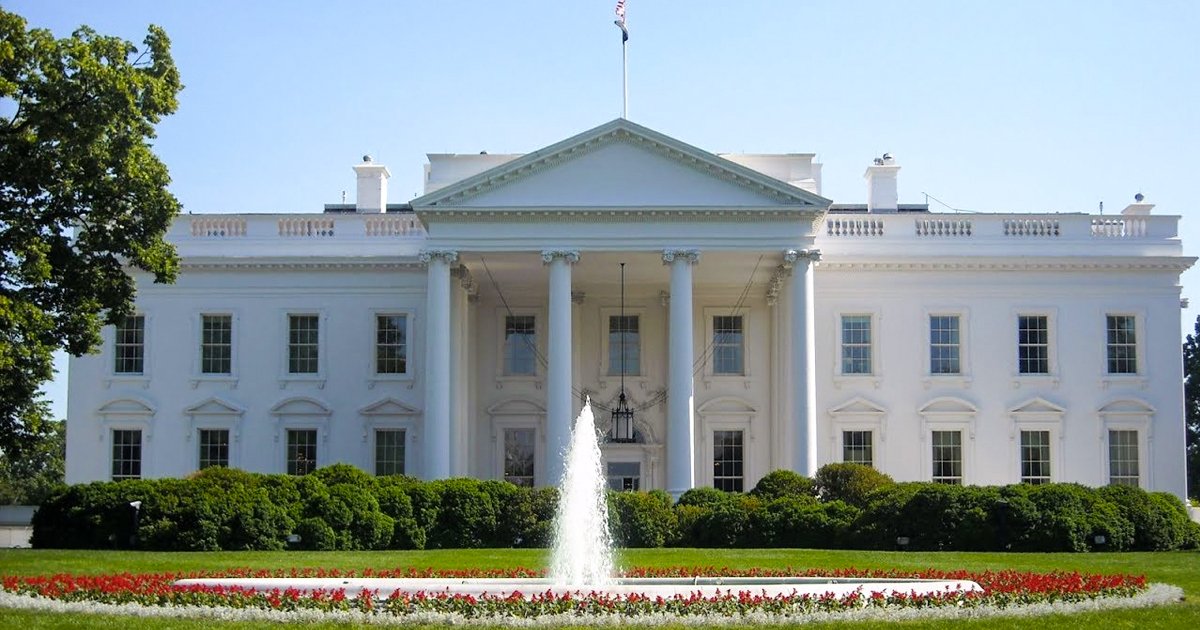Amid reports of hundreds of additional lead-tainted water sources all over the nation, the Center for Disease Control has announced that they are considering lowering the lead threshold for children by half, forcing their agency to take action in even more lead cases.
Opponents of this change say that it may take away precious little resources that the CDC and local health departments do have for lesser cases, preventing the more serious cases of lead poisoning from being properly identified and treated.
Proponents of the change, though, say that forcing the government to look into lower levels of lead may help prevent future lead disasters like the one ongoing in Flint, Michigan.
According to Reuters:
“Since 2012, the CDC, which sets public health standards for exposure to lead, has used a blood lead threshold of 5 micrograms per deciliter for children under age 6. While no level of lead exposure is safe for children, those who test at or above that level warrant a public health response, the agency says.
Based on new data from a national health survey, the CDC may lower its reference level to 3.5 micrograms per deciliter in the coming months, according to six people briefed by the agency. The measure will come up for discussion at a CDC meeting January 17 in Atlanta.”
As the excerpt notes, no amount of lead is “safe” for children, so working to eliminate the deadly substance from more U.S. children is a net good. As we have seen in many low-income areas, a reluctance to flush lead from a community’s system can have detrimental effects.
The CDC regularly reevaluates their thresholds and regulations on substances such as lead, and with growing national concern about safe drinking water and even safe older homes that may contain lead paint, it would be wise for the agency to show concern and implement this new lower threshold.





